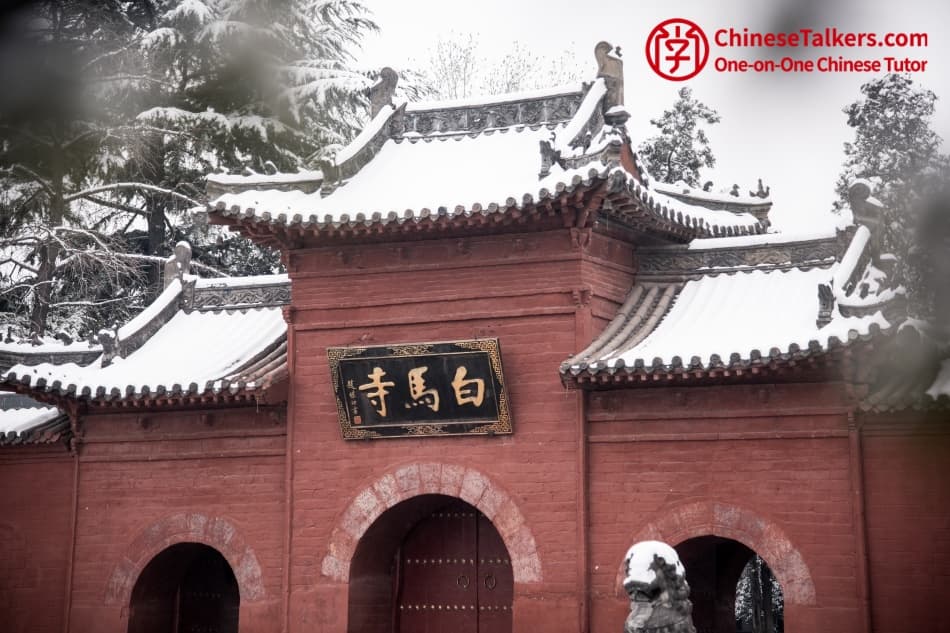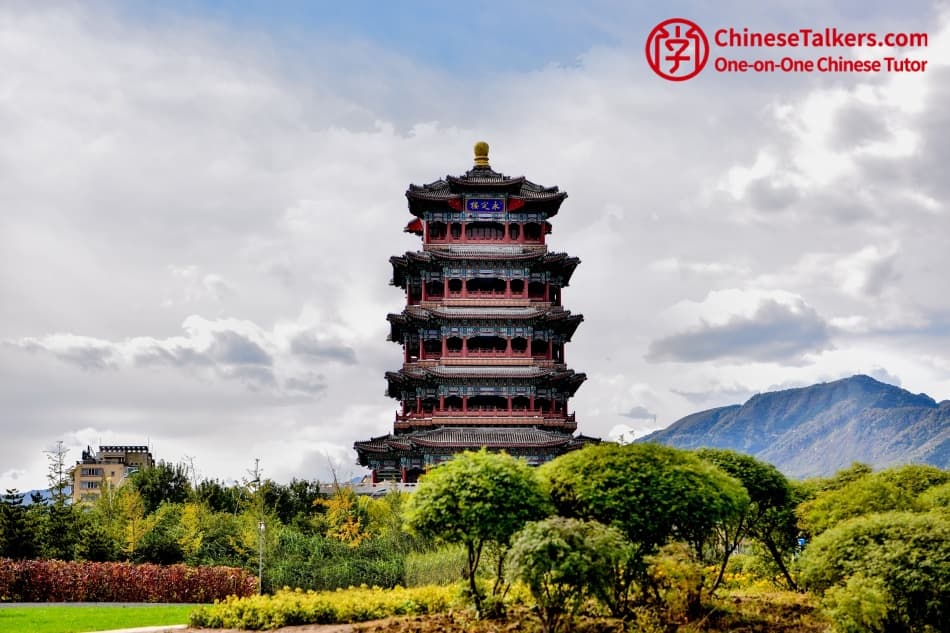
The Structure of Chinese Characters: The Secret of Radicals
Release Date:2025-05-25 21:42:53 ChineseTalkers
The Structure of Chinese Characters: The Secret of Radicals
Chinese characters, known as Hanzi, are among the oldest writing systems still in use today. Unlike alphabetic scripts, Chinese characters are logograms, each representing a word or a meaningful part of a word. One of the most fascinating aspects of these characters is their structure, particularly the role of radicals. The Structure of Chinese Characters: The Secret of Radicals reveals how radicals serve as the building blocks of Hanzi, offering clues to their meaning, pronunciation, and even cultural significance.
1. Understanding Chinese Radicals
Radicals (部首 bùshǒu) are essential components of Chinese characters. They often appear on the left or top of a character and provide hints about its meaning or sound. For example:
- The radical 氵 (water) appears in characters like 河 (river) and 湖 (lake).
- The radical 木 (wood) is found in 树 (tree) and 林 (forest).
Table: Common Chinese Radicals and Their Meanings
| Radical | Pinyin | Meaning | Example Characters |
|---|---|---|---|
| 氵 | shuǐ | Water | 河 (hé - river), 湖 (hú - lake) |
| 木 | mù | Wood | 树 (shù - tree), 林 (lín - forest) |
| 火 | huǒ | Fire | 炎 (yán - flame), 烧 (shāo - burn) |
| 心 | xīn | Heart | 想 (xiǎng - think), 爱 (ài - love) |
| 口 | kǒu | Mouth | 吃 (chī - eat), 叫 (jiào - call) |
2. The Role of Radicals in Character Formation
Radicals serve multiple functions in Chinese characters:
- Semantic Clues: Many radicals indicate the general meaning of a character. For instance, characters with the 女 (female) radical often relate to women, such as 妈 (mother) and 姐 (elder sister).
- Phonetic Components: Some radicals suggest pronunciation. For example, the character 清 (qīng - clear) contains the 氵 radical (meaning water) and the phonetic component 青 (qīng).
- Organizational System: Radicals help organize dictionaries. Characters are indexed by their radicals, making it easier to look up unfamiliar words.
3. Historical Evolution of Radicals
The use of radicals dates back to ancient China. The earliest Chinese writing, oracle bone script (甲骨文 jiǎgǔwén), already featured rudimentary radicals. Over time, these evolved into the standardized forms seen today. The Structure of Chinese Characters: The Secret of Radicals highlights how radicals reflect cultural and historical changes.
For example:
- The radical 马 (horse) in ancient scripts resembled a running horse, while its modern form is more abstract.
- The radical 示 (altar) in 神 (god) reflects ancient religious practices.
4. How to Learn Radicals Effectively
Mastering radicals is crucial for learning Chinese. Here are some strategies:
- Group Characters by Radical: Study characters with the same radical together (e.g., 水-related characters like 海 hǎi - sea, 泪 lèi - tear).
- Use Mnemonics: Create stories linking radicals to meanings (e.g., 目 mù - eye looks like an eye).
- Practice Writing: Repetition helps reinforce radical recognition.
5. Common Misconceptions About Radicals
Many learners assume radicals always indicate meaning, but this isn’t always true. Some radicals are phonetic or serve purely structural roles. For example:
- In 吗 (ma - question particle), the 口 radical doesn’t relate to meaning but is a phonetic marker.
- In 好 (hǎo - good), the 女 (female) and 子 (child) radicals combine to imply "a woman with a child is good."
6. Advanced Applications of Radicals
Beyond basic character recognition, radicals are used in:
- Calligraphy: Artists emphasize radicals for aesthetic balance.
- Neologisms: New characters often incorporate familiar radicals for readability.
- Digital Input: Typing systems like Pinyin rely on radicals for character selection.
Frequently Asked Questions (FAQs)
Q1: How many radicals are there in Chinese?
A: There are 214 traditional radicals, though modern dictionaries may use fewer.
Q2: Do all Chinese characters have radicals?
A: Most do, but some standalone characters (e.g., 一 yī - one) are radicals themselves.
Q3: Can radicals help with pronunciation?
A: Sometimes. Phonetic radicals (e.g., 青 qīng in 清 qīng) provide pronunciation hints.
Q4: Are radicals the same in simplified and traditional characters?
A: Most are similar, but some simplified forms alter radicals (e.g., 言 → 讠).

7. The Cultural Significance of Radicals
Radicals aren’t just linguistic tools—they reflect Chinese philosophy and values. For example:
- The 人 (person) radical appears in ethical terms like 仁 (benevolence).
- The 山 (mountain) radical symbolizes stability in characters like 峰 (peak).
The Structure of Chinese Characters: The Secret of Radicals demonstrates how these components encode centuries of thought.
8. Practical Exercises for Mastering Radicals
Try these activities to improve your radical knowledge:
- Radical Flashcards: Create cards with radicals on one side and meanings/examples on the other.
- Character Deconstruction: Break down complex characters into radicals (e.g., 森 sēn - forest = 木 + 木 + 木).
- Dictionary Drills: Practice looking up characters by radical in a Chinese dictionary.
9. Radicals in Modern Chinese Language
Even in the digital age, radicals remain relevant. Input methods like handwriting recognition rely on radical strokes, and learners use apps to study radicals interactively. The Structure of Chinese Characters: The Secret of Radicals proves that these ancient components still shape modern communication.
10. Final Thoughts on Radical Mastery
While learning radicals requires effort, the payoff is immense. Recognizing radicals speeds up character acquisition, improves reading fluency, and deepens cultural understanding. Whether you're a beginner or an advanced learner, unlocking The Structure of Chinese Characters: The Secret of Radicals will transform your Chinese journey.
Start Your Chinese Learning Journey
ChineseTalkers – From Basics to Mastery, From Exams to Business


